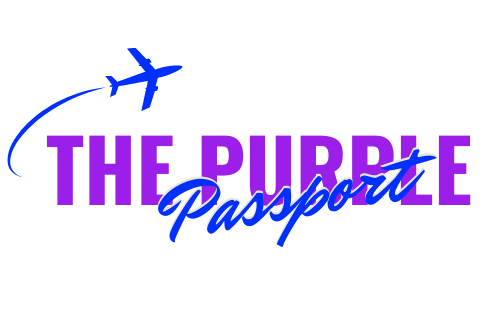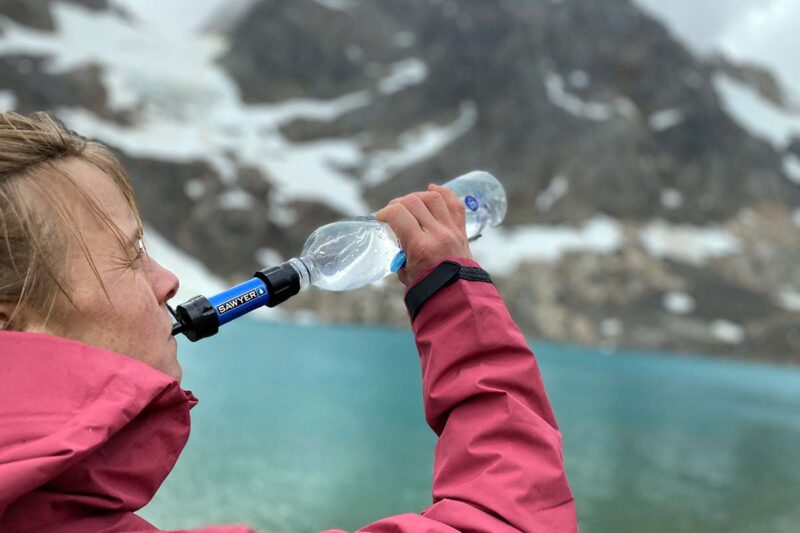Clean water is crucial for health and safety when camping in remote locations.
Learn all about common pathogens in natural water sources and how to purify water effectively can prevent illness and ensure a safe camping experience.
Buckle up and let us begin.
Methods of Water Purification
First, let us address several water purification methods.
Water Filters
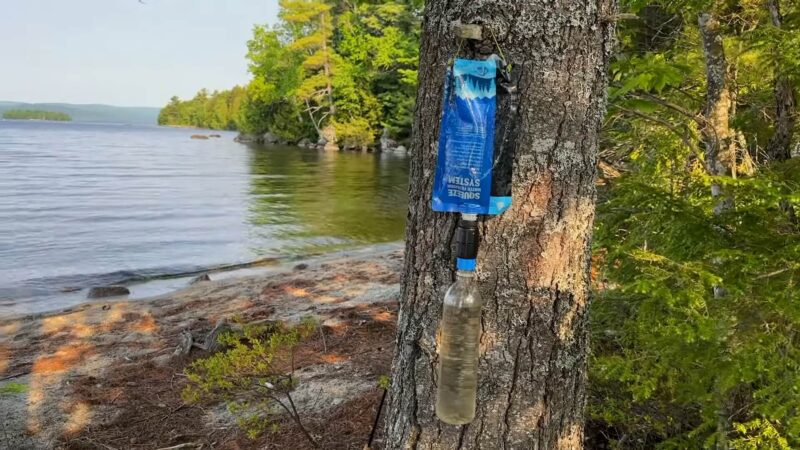
Water filters are essential for removing pathogens from water. Here are the most widespread ones:
| Type of Filter | Description | Ideal For |
|---|---|---|
| Gravity Filters | Use gravity to pull water through a filtration system. Suitable for group use due to large capacity. | Group camping, large capacity needs. |
| Squeeze Filters | Lightweight and compact. Operate by filling a collapsible reservoir and squeezing it to force water through the filter. | Individual use, hiking, backpacking. |
| Pump Filters | Hand-operated, robust, and efficient for larger groups. Can handle murky or sediment-heavy water. | Extended trips, large groups. |
| Bottle Filters | Integrate a filtration system directly into a water bottle. | Day hikes, travel, compact use. |
| Straw Filters | Highly portable, designed for personal use. Allow direct drinking from water sources. | Personal use, emergency preparedness, backup purification. |
Water Purification Tablets
Chemical purification tablets are another effective method.
Water purification tablets offer a convenient and effective method for ensuring safe drinking water in remote locations.
These tablets utilize chemicals to kill pathogens in water, making them a reliable backup or primary purification method for campers, hikers, and emergency situations.
Chemical Purification Tablets
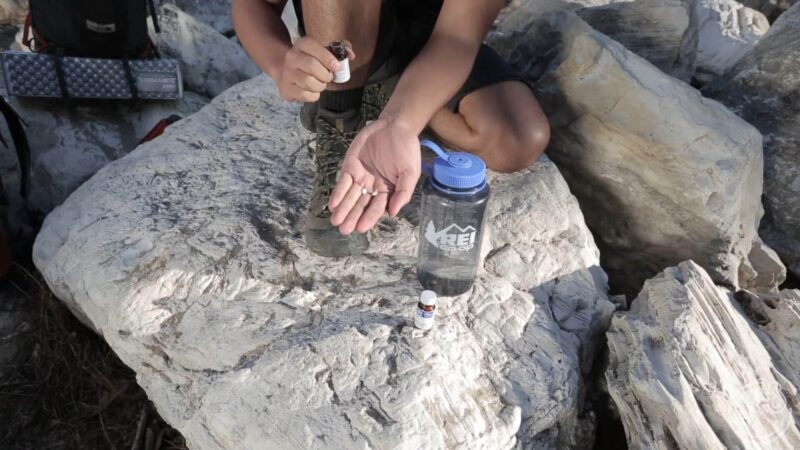
The most common types of chemical purification tablets are chlorine dioxide and iodine tablets.
Chlorine dioxide tablets are widely favored for their ability to eliminate a broad spectrum of pathogens, including bacteria, viruses, and protozoa.
They work by releasing chlorine dioxide gas when dissolved in water, which penetrates and destroys the cell walls of microorganisms, rendering the water safe to drink. Iodine tablets, on the other hand, have been used for decades to disinfect water.
Iodine is effective against many pathogens and works by disrupting their cellular function.
Lightweight and Compact
One of the main advantages of water purification tablets is their lightweight and compact nature.
A small bottle or packet of these tablets can be easily carried in a backpack, taking up minimal space and adding very little weight.
This makes them ideal for backpacking trips where conserving space and weight is crucial.
Their compact size makes them an excellent choice for emergency kits, ensuring that you always have a means of purifying water in unexpected situations.
Ease of Use
Using water purification tablets is straightforward.
Simply add the recommended number of tablets to a specified volume of water, wait for the indicated amount of time (usually 30 minutes to 4 hours, depending on the type and brand of tablet), and the water will be ready to drink.
This simplicity makes them accessible for anyone, regardless of their experience level with water purification methods.
Ultraviolet (UV) Light Purifiers
Ultraviolet (UV) light purifiers are an advanced and efficient method for ensuring safe drinking water in remote and outdoor settings.
These devices utilize UV light to disinfect water by destroying the DNA of harmful microorganisms, rendering them unable to reproduce and cause illness.
How UV Light Purifiers Work
UV light purifiers operate by emitting UV-C light, a type of ultraviolet light that is highly effective at penetrating the cells of microorganisms.
When water passes through the purifier, the UV light targets the DNA and RNA of bacteria, viruses, and protozoa, causing irreparable damage to their genetic material.
This damage prevents the microorganisms from replicating and thus neutralizes their ability to infect humans.
Pre-Filtering Necessity
While UV light purifiers are highly effective, they do require clear water to function optimally.
If the water contains sediment or large particles, these can block the UV light and shield microorganisms from exposure. Therefore, it is necessary to pre-filter water that is turbid or contains visible particles before using a UV purifier.
Pre-filtering can be done using a cloth, bandana, or a portable pre-filter device to remove large debris and ensure that the UV light can penetrate the water effectively.
Boiling Water
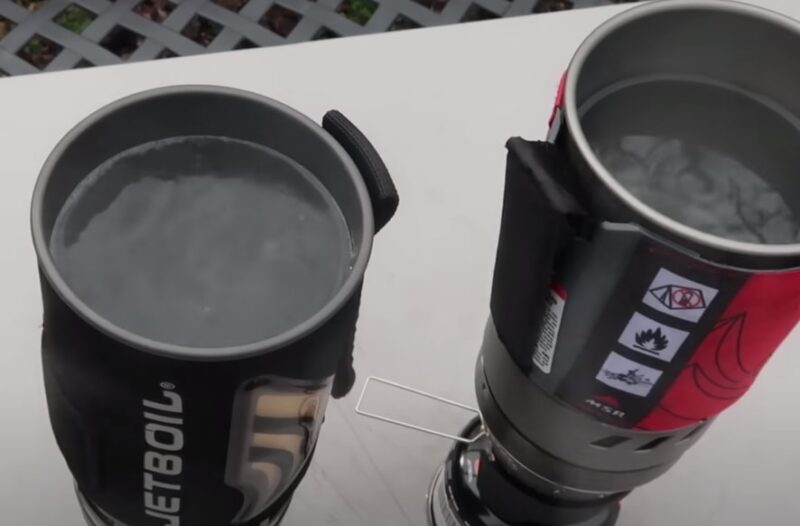
Boiling water is a simple and effective method of purification.
Bringing water to a rolling boil for at least one minute kills bacteria, viruses, and protozoa. At higher altitudes, water should be boiled for longer due to lower boiling points.
While boiling effectively kills pathogens, it does not remove chemicals or sediment. Despite this limitation, boiling is a reliable and accessible method for ensuring safe drinking water.
Practical Tips for Water Purification
When camping in remote locations, ensuring access to safe drinking water is crucial.
Here are some practical tips to help you effectively purify water and avoid health risks.
Assessing Water Sources
Choosing the right water source is the first step in water purification.
It’s best to avoid stagnant water, such as ponds or marshes, which are more likely to harbor pathogens due to the lack of movement and increased likelihood of contamination from animals and decaying matter.
Instead, look for clear, flowing water from rivers, streams, or springs.
Flowing water is less likely to contain harmful microorganisms because it is constantly moving and being aerated, which discourages bacterial growth.
Pre-Filtering
Before applying any purification method, pre-filtering water can significantly improve its quality and make further purification more effective.
Use a cloth, bandana, or coffee filter to strain out large particulates like:
- Dirt
- Leaves
- Insects
This step not only makes the water look clearer but also protects your purification equipment from clogging and enhances its efficiency.
By removing larger debris, you reduce the workload on your filter or other purification devices, extending their lifespan and reliability.
Storage of Treated Water
Once you have treated your water, storing it correctly is essential to prevent recontamination. Always use clean containers specifically designated for treated water.
Ensure these containers are thoroughly washed and rinsed before use.
Avoid dipping used cups or hands into treated water containers to keep the water free from new contaminants.
It’s also wise to label treated and untreated water containers clearly to avoid any mix-up.
Avoiding Cross-Contamination
To prevent cross-contamination, keep treated water separate from untreated water at all times.
It means using dedicated containers for each and ensuring that equipment like filters and purification devices do not come into contact with untreated water after being used.
For example, do not let the clean side of a filter touch the raw water source. When pouring or transferring water, ensure that no untreated water spills into the treated water containers.
Carrying Backup Purification Methods
Even the best purification systems can fail, whether due to clogging, running out of batteries, or other malfunctions.
Therefore, it is crucial to carry out a backup purification method.
For instance, if you primarily use a UV purifier, bring along water purification tablets or a portable water filter as a secondary option.
Having multiple methods ensures that you always have a reliable way to purify water, regardless of the circumstances.
Summary
Understanding and practicing water purification methods is crucial for safe camping in remote locations.
Carry backup options and ensure you are familiar with their use before heading out. Safe water ensures a healthy and enjoyable outdoor experience.
